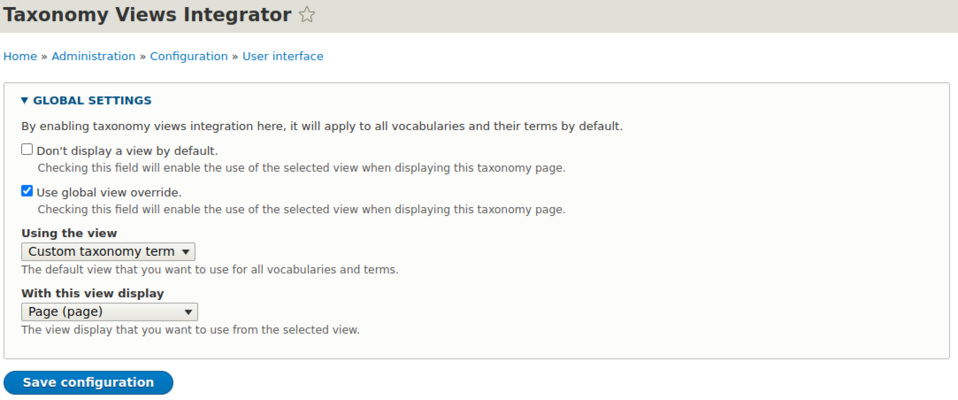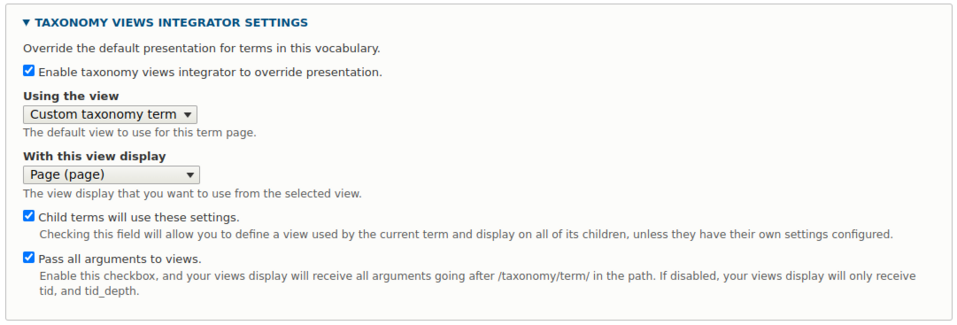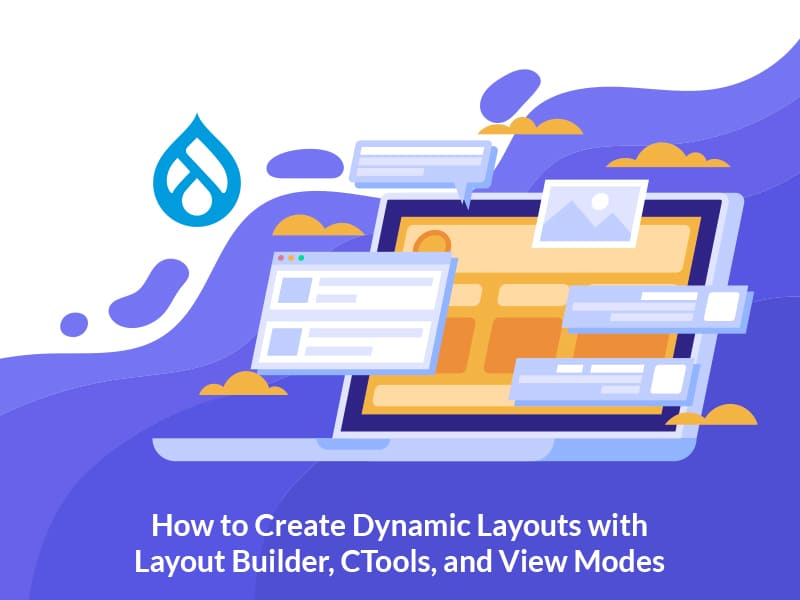Author:
Source
Sponsored:
Working in Public: The Making and Maintenance of Open Source Software - Audiobook

Unlock the Digital Creator Code!

The standard method of managing Drupal’s display mode may be too limited in some cases. If you want to efficiently create differentiated views used when listing terms or content related to the terms, you can try Layout Builder. What if, for example, the graphical interface, complexity, or genericity disqualifies this tool among the considered solutions? The Taxonomy Views Integrator (TVI) module may help here.
The Taxonomy Views Integrator Drupal module – general information
The functionality provided by Taxonomy Views Integrator allows you to create multiple views that can become part of the display modes of entire vocabularies or individual terms.
The module was created on 11 September 2009. The latest update to Drupal 7 took place on 20 September 2016, and to Drupal 8 and 9 – on 10 June 2021.
Popularity of the TVI module
As of the day of writing this article, about 25 thousand pages are using this module. The Drupal 7 version of the module is losing popularity, most likely due to the overall migration to Drupal 9. The Drupal 8 and 9 versions of the module enjoy a steady increase in the number of installations. Considering the number of available versions, the module has recently maintained its steady popularity.

Creators of the module
The main creator of the project is Derek Webb (derekwebb1). Kevin Quillen (kevinquillen), Michael O’Hara (mikeohara), Rich Gerdes (richgerdes), and Edouard Cunibil (DuaelFr) are also singled out on the list of maintainers.
Installation
The module doesn’t require any external libraries. The TVI dependencies are limited to the Views and Taxonomy modules only, and both are available in the Drupal core.
We recommend using Composer for the installation.
$ composer require drupal/tviWhat’s the Taxonomy Views Integrator module for?
You can overwrite the terms in all vocabularies by using only the Views and Term modules. Taxonomy Views Integrator integrates vocabularies and terms with views in a more accessible way. By enabling this module, you can create a view in which you’ll overwrite the list of terms in a specific vocabulary, additionally having full control over how the view is presented. You can just as easily attach a different view to a specific term. Thanks to this freedom, you can easily create, for example, differently looking subpages on a specific topic, which will be defined on the basis of terms.
Permissions
The module provides new permissions. Their list depends on the number of available vocabularies.
Administer taxonomy views integrator
This permission allows for managing global module settings and editing its settings in all vocabularies and terms. It’s recommended that you only grant this permission to trusted roles.
Define the view override for terms in {VOCABULARY_NAME}
Granting this permission will allow you to overwrite the view used for specific terms in a given vocabulary.
Define the view override for the vocabulary {VOCABULARY_NAME}
This permission will allow you to override the view for an entire vocabulary.
Using the Taxonomy Views Integrator module
After enabling the module and granting permissions, it’s time to familiarize yourself with its global settings. There are only two. The first one is Don’t display a view by default; if selected, the default Taxonomy term view in the Page display mode won’t be used. The second one is Use global view override. If selected, it will allow you to override the default global view and choose the display mode.

You can also select views for vocabularies and terms. In both cases, the configuration form looks the same. You can choose:
- a flag that allows you to enable overwriting,
- a list of views from which you can select the view you are interested in and the display mode from this view,
- the Child terms will use these settings option. If selected, all children of the vocabulary or term will use the same view in the same display mode,
- and the Pass all arguments to views option. If selected, it’ll ensure that the view will receive all arguments given in the path, such as the term identifier.

The TVI configuration form has been integrated with the vocabulary and term editing forms. Therefore, it’s available under the address
/admin/structure/taxonomy/manage/{vocabulary_machine_name}for vocabularies and
taxonomy/term/{term_id}/editfor terms
Taxonomy Views Integrator Drupal module – summary
If your website requires more freedom in presenting terms and vocabularies, the Drupal Taxonomy Views Integrator module will certainly meet your expectations. The module is easy to use and requires only the basic knowledge of creating views. Full freedom also means the ability to create custom styling for the created views, which may require a more in-depth knowledge of Drupal. If your vision for your web page doesn’t match the standard look of the views and integration with TVI alone isn’t enough, our team dealing with developing Drupal websites will be happy to help you.






